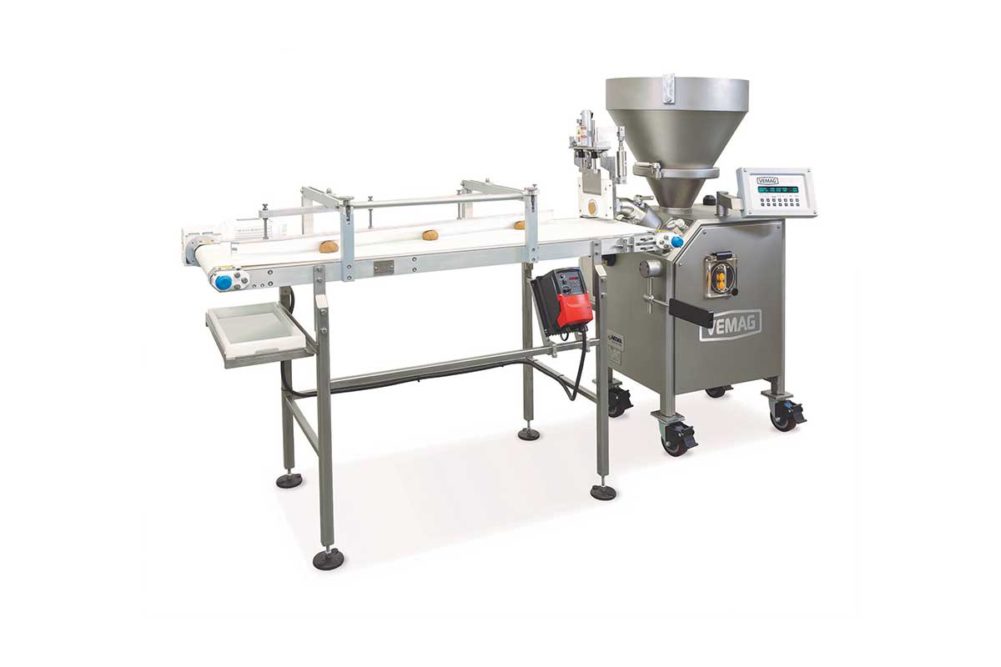Summer with its flip flops and pool parties seems a long way away for those bundled up against the February deep freeze. But for bakeries that produce the hot dog and hamburger buns for all those backyard barbecues, the season is just around the corner.
“Bakers are under intense pressure to produce large numbers of buns, especially during peak seasons,” said Jim Fontaine, bakery field sales manager, Reiser. “They need accurate scaling and high quality. They also need the ability to produce a variety of products outside of the ‘standard’ hamburger and hot dog buns in order to take advantage of QSR opportunities. Bakers need equipment that can produce for long periods of time without the need to stop and clean frequently.”
Those ramping up for the season need to ensure that everything is running in tip-top shape. As James Kline, president of The EnSol Group, said, the devil is in the details.
“The greatest challenge of producing buns on a high-speed line is coordination of the line from one end to the other,” he explained. “From mixing through packaging, have you maintained that coordination? The best thing that people can do for the season is to walk the line and take a look and see how each unit is performing against its design standard.”
Bakeries that are working to optimize output must maintain quality, which requires consistency on the production line.
“High-speed bun lines running at or in excess of 60,000 buns per hour require the consistent feed of all inputs to ensure quality, consistent output,” said Bruce Campbell, vice president of global product strategy, AMF Bakery Systems. “This includes ingredients, pans, baskets and more. Equipment that is designed for these high speeds can typically run for days and weeks without significant downtime, which means the rest of the supply chain needs to be designed for this demand, especially in the summer bun season. High speed also means the systems should be designed for minimal operator intervention and precision predictive maintenance.”
Mr. Kline suggested that bakers inspect every piece of equipment, including mixers, conveyor belts and cups on depanners, for example, to figure out where any problems or bottlenecks exist.
“Bakers are notorious,” he said. “They’ll have a line designed for 160 loaves a minute or a line designed for 2,000 dozen buns an hour. They’ll push the notch a little higher than it’s supposed to be. So now they’re running 210 loaves or 2,200 dozen. Now they have a mismatch because not every component on the line was designed for that.”
Equipment inspection is key to ensuring optimal output. Companies should either have their staff do a thorough line check or contact equipment manufacturers for help.
“Months before your busy season, management should do a periodic evaluation of the entire line for equipment performance,” Mr. Fontaine said. “In many cases, you may find line efficiency being greatly affected by one poorly performing piece of equipment.”
It doesn’t take much to throw off a bun processing line, such as a chain on a conveyor that has been stretched or bumped — which might cause products to hang up on the line — or a missing suction cup on a depanner.
“If you’re missing a cup, you may pick up the loaf or bun, but it may not be where you want it to be,” Mr. Kline said. “You may put one on top of the other, which has an effect downstream. You may damage the product. You want to take a look at the functionality of each piece of equipment along the line.”
This article is an excerpt from the February 2023 issue of Baking & Snack. To read the entire feature on Bun Processing, click here.






